World-class clothing foundries: Li & Fung, Luen Thai, Esque, where is the cow?
First, there is no workshop, global synergy: Li & Fung supply chain
Five weeks after the order was received, 10,000 pieces of clothing were placed on the shelves of European customers, and they appeared to be produced in the same factory. This is the core competitiveness of Li & Fung's supply chain: I can imagine how Li & Fung's logistics and production process assistance is perfect!
Li & Fung's production model, summed up in five words, is "distributed production." Li & Fung Group is positioned as a mid-to-high end for the market of its branded apparel. Taking the needs of customers and the feelings of the final consumers as the core considerations of the organization's supply chain, they will assemble different parts in different regions and eventually produce high-quality clothing.
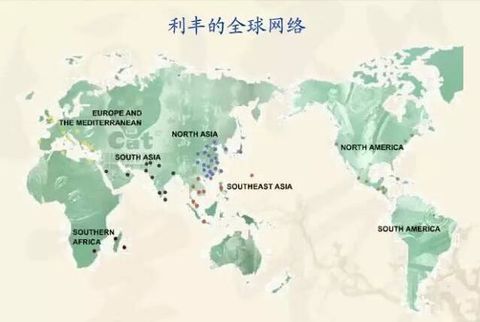
Li & Fung Group Global Network
Li & Fung never made production. He didn't have a factory or workshop because he regarded the factories all over the world as his workshop. The so-called "dispersive production" is from raw materials, to spinning, dyeing and finishing, processing, accessories, and finished products are all done by different factories. Even a piece of clothing may be from dozens of suppliers from all over the world. Completed, each supplier is only part of it. Therefore, Li & Fung is strongly advocating globalization. The more globalization, the lack of trade barriers between countries, the more favorable to Lifeng's model.
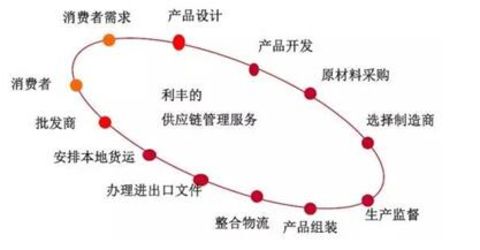
“If we get 10,000 garment orders from a retailer in Europe, maybe our approach is to buy yarn from Korea and ship it to Taiwan for textile and dyeing; at the same time, we will go to YKK (large Japanese zipper manufacturer) in mainland China. The factory ordered the zipper; after that, the yarn and zipper were shipped to Thailand for production due to quotas and workers' conditions. Since the customer requested prompt delivery, we placed orders at five factories in Thailand, so that We can effectively tailor a value chain to our customers and meet the needs of our customers as much as possible.
Because in this model, Li & Fung directly acts as a customer supplier, directly signing a contract with the customer and going to the supplier as a buyer to find the product they need. Li & Fung outsourced production to factories that they thought could be completed. Li & Fung is responsible for coordinating and closely participating in the entire production process, and is engaged in all aspects of support work from product design, procurement, production management and control to logistics and shipping. Li & Fung has earned the reputation of “smoke-free factoryâ€. By decomposing each step and optimizing it for production on a global scale, Li & Fung is able to focus on its core strengths – product design, supply chain management, and strong core competencies!
Second, D2S from design to shop: Luen Thai supply chain
The business model of Luen Thai Group is “D2S (Designto Store)â€, which provides customers with one-stop service from “design to shopâ€. Luen Thai's D2S business model begins with the design of the garment. The design and development of clothing products is not just the work of designers on the design board, but related to many processing links, such as dyeing, washing, shrinking, additional processes such as embroidery, washing, printing and so on. The main steps in the design of apparel design include: style and concept design; development and selection of fabrics and accessories; sample design to mass production.

The upstream of Luen Thai is the supplier of fabrics and accessories for clothing, and downstream is the brand and retailer. Luen Thai has positioned itself in the middle of the supply chain. It is characterized by the full use of the resources at both ends, and also allows customers to obtain "one-stop service."
Luen Thai has adopted the strategy of “providing services according to customer needs†in response to customer requirements. However, relying on one or several customers to reduce market risk; at the same time, the production of singular products will be changed into sports, leisure, men's and women's clothing and other varieties to meet the multi-product line strategy adopted by customers in order to adapt to the market. Luen Thai's multi-customer and multi-product strategy is reflected in the supply chain management, which has formed a strategy of “supply chain management according to different types of customersâ€, and the model from design to store is more flexible.
Multiple supply chains do not mean that each customer has a separate supply chain, but according to the customer's needs and operating models, the companies with similar characteristics are put together to manage. Luen Thai has increased its flexibility through its strategy of “supply chain management based on different types of customers†to adapt to changing customer needs.
It can be seen that Luen Thai's approach is completely different from that of the Li & Fung Group. He is more similar to the Toyota supply chain model, so his requirement is that all the joint venture suppliers must build factories within 50 kilometers of it. Either there is a warehouse for distribution, so that the time from the raw materials to the accessories to reach the “assembly shop†of Luen Thai can be the shortest. The biggest feature of this model is: One glory and one loss.
Third, from cotton to garment, vertical integration: Esquel supply chain
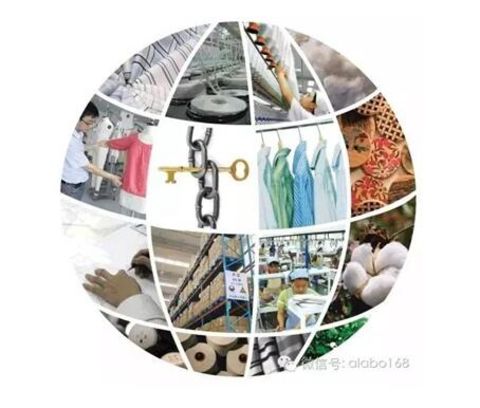
The Esquel Group's supply chain model differs from many companies in the industry in that it adopts a vertical one-stop industrial chain model, which is generally referred to as “vertical integrationâ€. Because Esquel has extended his tentacles to the most upstream source of the clothing industry - cotton planting.
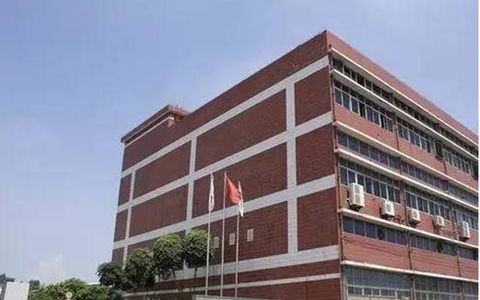
As early as 1998, Esquel Group opened a cotton production base in Xinjiang to produce “green†cotton for the group's enterprises. The business covers the cotton spinning, weaving, knitting, dyeing, finishing and clothing, sales and other links, to build vertical integration mode.
Esquel Group has invested in various parts of mainland China, covering a wide range, covering almost the entire textile industry chain.
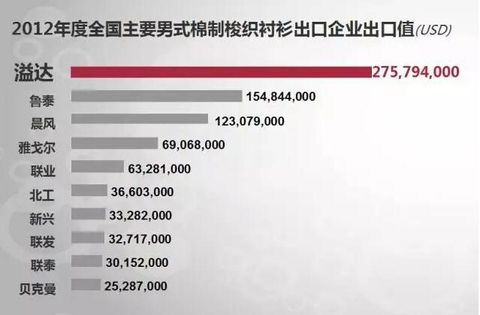
Esquel is the world's largest producer of multinational cotton shirts
Summary of three supply chain models
1: Li & Fung has taken a completely opposite road, all the processes are outsourced, only to do their core business;
2: Luen Thai chose the intermediate mode, which was produced by other manufacturers and assembled by itself.
3: Esquel will take the entire industrial chain in its own hands and reduce logistics costs;
All three modes have been successful. One is to explain the importance of the core competitiveness of the supply chain, and the other is to explain the principle that the target is engraved in the steel plate and the method is written in the sand. There are many ways to solve the downturn in the industry, just to see if you can use the method well. In the rivers and lakes, can you adjust the supply chain structure that adapts to the trend in 2016, with “overcapacity†and “labor high�
Arch Support Socks,Running Ankle Socks,Running Sports Socks,Cotton Sports Socks
Jiangsu Qianlima Stockings Co., Ltd , https://www.qlmsocks.com
